Chicory is a wildflower often seen along roadsides. Easy to grow and control in the garden when grown as an annual from seed each spring. A bit weedy at times and is more suited for the prairie. The non-native Common Chicory has been reported in nearly all areas of Illinois, except a few counties in the NW and SE sections of the state. It is quite possible that Common Chicory occurs in those counties as well. This plant originated from Eurasia, and was present in Illinois by the late 19th century. It has been spreading steadily ever since and has become common, particularly in disturbed open areas. Typical habitats include pastures, abandoned fields, areas along roadsides and railroads, grassy areas that are not mowed regularly, undeveloped real estate lots, and other waste areas. Occasionally, Common Chicory colonizes disturbed areas of natural habitats (e.g., early stages of a prairie restoration), but it is not a serious invader of such natural areas in the long run. The flowers attract short-tongued bees and probably other insects. Both nectar and pollen are available as floral rewards. The foliage of Common Chicory is eaten by Melanoplus bivittatus (Two-Striped Grasshopper), Melanoplus femurrubrum (Red-Legged Grasshopper), and probably other grasshoppers. The larvae of a lizard beetle, Acropteroxys gracilis, bore through the stems of this plant, while the caterpillars of the moth, Pyrrhia exprimens (Purple-Lined Sallow), feed on the the flowers, buds, and developing achenes. Because the foliage contains a bitter white latex, it is probably not preferred as a food source by mammalian herbivores, although cattle and sheep reportedly eat the basal leaves.
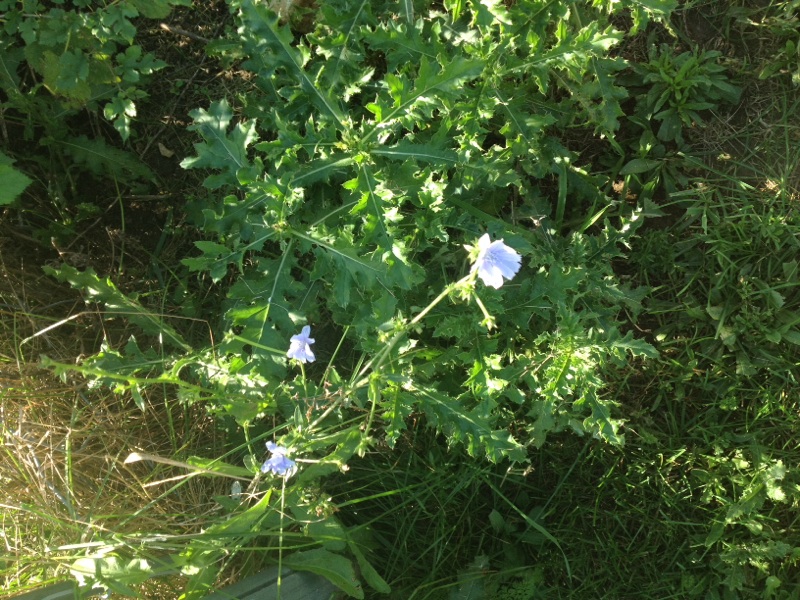
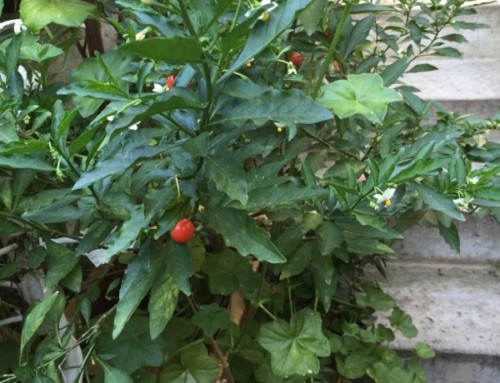
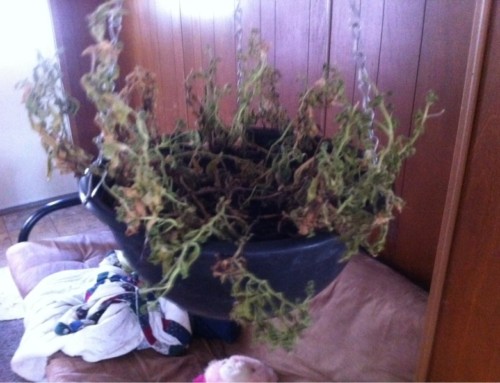
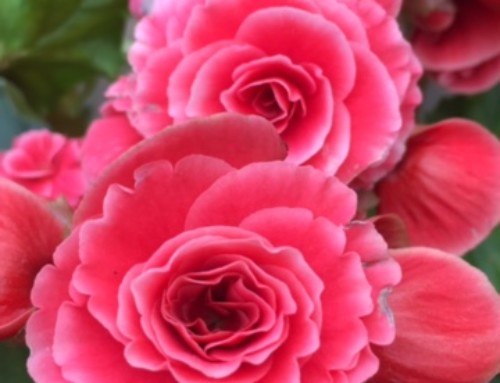
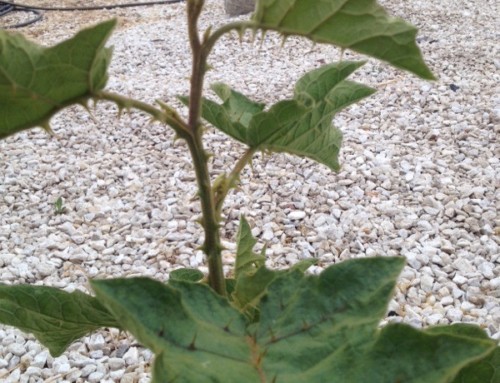
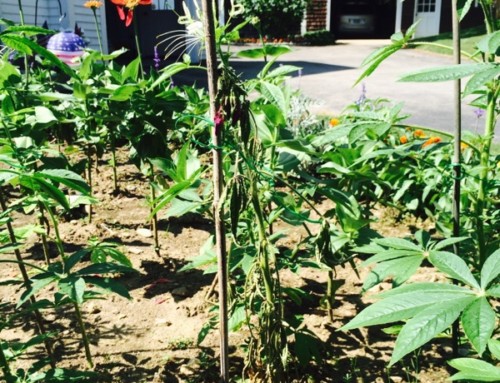
Leave A Comment